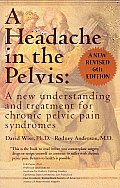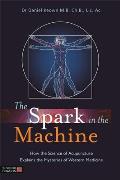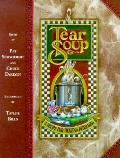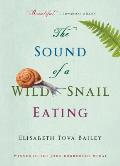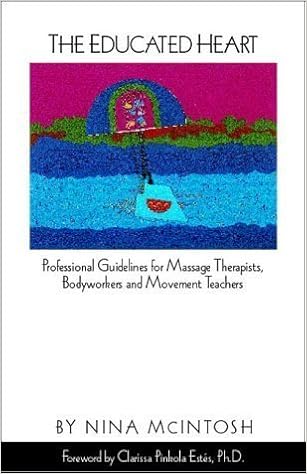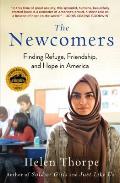Subtitle: A new understanding and treatment for prostatitis and chronic pelvic pain syndromes
Recommended to me by: a client
As is clear from the subtitle, this book is written by and for men, or at least people with prostates and penises. The book is focused on physiology rather than gender, and a lot of the information applies to everyone. They do include a chapter on the physiology of people with vaginas as well.
When people go to the doctor with pelvic pain, they are most often given antibiotics. If the pain persists, they are sent to psychologists, or recommended for surgeries that usually don’t help either.
The Stanford Protocol addresses chronic pelvic pain through a combination of trigger point release and conscious relaxation. Their model is that most pelvic pain is caused by chronic tension, similar to a tension headache. Trigger points in the muscles are released through a combination of external and internal massage by physical therapists trained in pelvic work.
The book carefully covers other causes of pelvic pain before turning to the Stanford Protocol. Pelvic anatomy is illustrated in detail, with common locations of trigger points.
Paradoxical relaxation is taking time to be with tension, without avoiding or trying to change it, and also separating tension from pain, even when they are occurring in the same place. It is similar to Inner Relationship Focusing in its attitude of warmth and acceptance toward exactly what is so right now. In this space of acceptance, muscles can begin to relax and the nervous system can calm down overall.
They note that the same trigger point can cause more or less pain depending on the overall level of nervous system activation and anxiety in the body.
The authors also recommend briefly checking in with pelvic tension and inviting it to relax many times during the day.
Their method is “inconvenient” since it takes a long time and requires hours of physical therapy and relaxation practice. They teach people paradoxical relaxation and self-treatment for trigger points in 6-day intensives. They claim their method works for about 80% of people who try it, most of whom are desperate after running out of other options.
Recommended as a knowledgeable, practical, compassionate approach to pelvic pain.
I also skimmed through “Wild Feminine: Finding Power, Spirit & Joy in the Female Body” by Tami Lynn Kent, which is about pelvic healing for women from both a physical and spiritual perspective. Unfortunately it completely ignores the existence of trans, intersex, and nonbinary people who may have vaginas and not identify as feminine, or vice versa. It contains a lot of practical advice for getting to know the pelvic region and rituals to balance the energy there.

